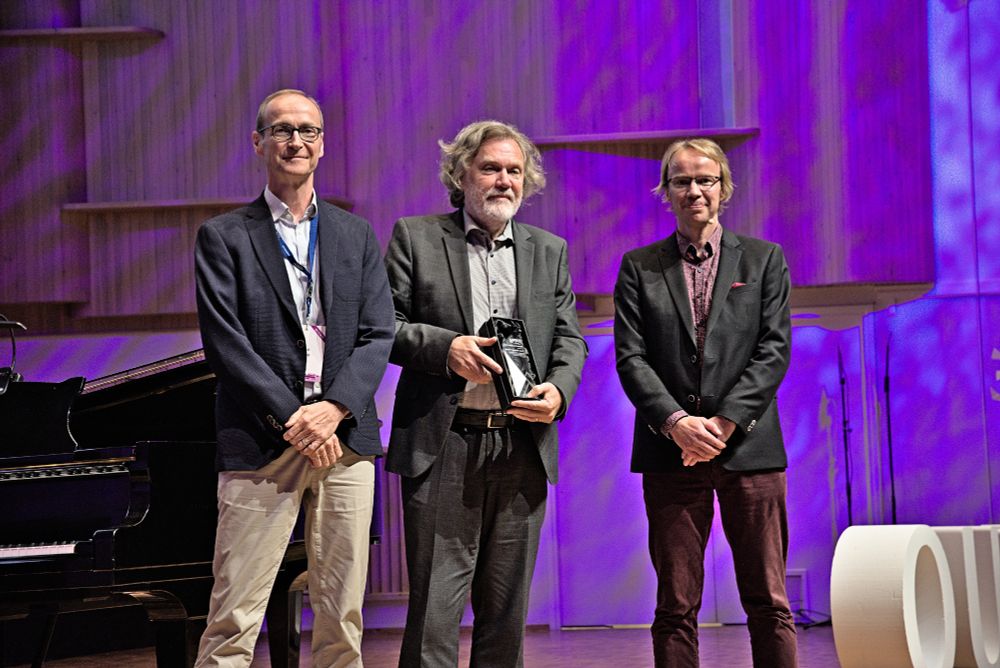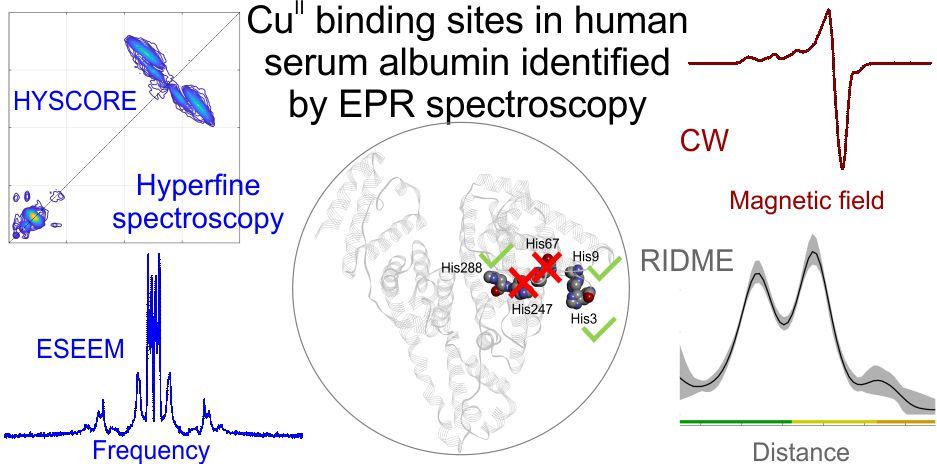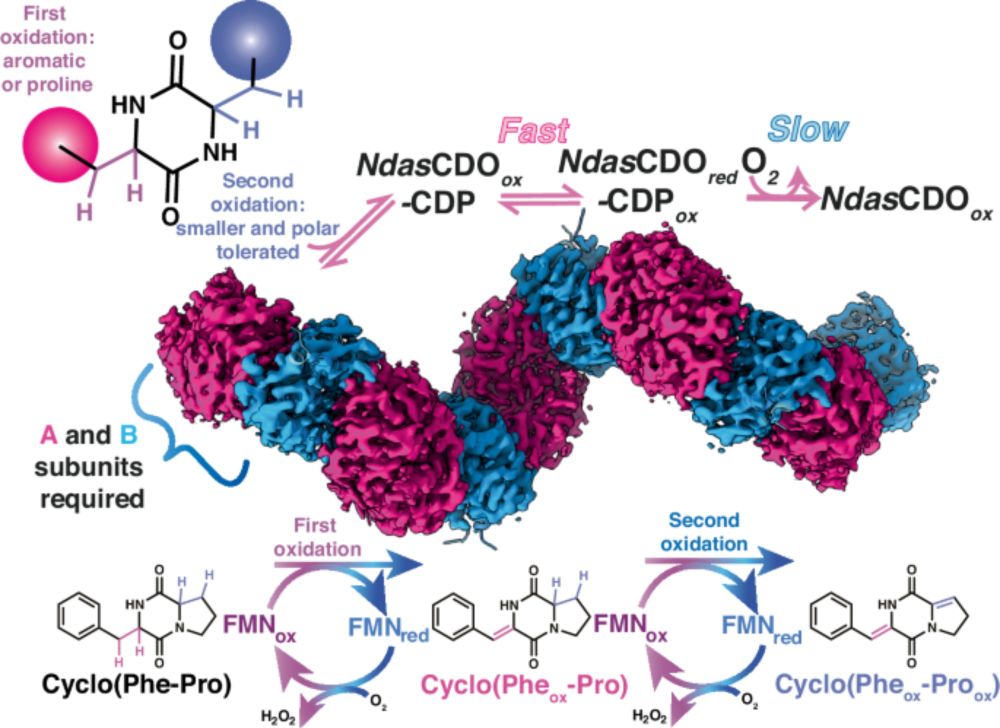
www.nature.com/naturecareer...

www.nature.com/naturecareer...
Thanks to everyone who supported and encouraged me along the way! Exciting times ahead. (Will be looking for doctoral students soon-ish).
ℹ️ sohub.io/aq26
germancareers-bruker.icims.com/jobs/18525/e...

germancareers-bruker.icims.com/jobs/18525/e...
www.cell.com/biophysj/ful...

www.cell.com/biophysj/ful...

Cryogenic and Dissolution DNP NMR on γ-Irradiated Organic Molecules. We introduced γ-irradiation–generated radicals to enhance ¹H and ¹³C signals via DNP under cryogenic and dissolution conditions.
🔗 pubs.acs.org/doi/full/10....
#NMR #DNP #Hyperpolarization

Cryogenic and Dissolution DNP NMR on γ-Irradiated Organic Molecules. We introduced γ-irradiation–generated radicals to enhance ¹H and ¹³C signals via DNP under cryogenic and dissolution conditions.
🔗 pubs.acs.org/doi/full/10....
#NMR #DNP #Hyperpolarization
BDPA-polystyrene boosts ¹H ~12× in 2s, transfers ~3× to liquids in 6s
🔗 pubs.acs.org/doi/full/10....
#NMR #DNP #Hyperpolarization

BDPA-polystyrene boosts ¹H ~12× in 2s, transfers ~3× to liquids in 6s
🔗 pubs.acs.org/doi/full/10....
#NMR #DNP #Hyperpolarization

His pioneering work in EPR & DNP-enhanced #NMR is transforming biomolecular research.
Learn more: goto.bruker.com/4eynTJS
@goetheuni.bsky.social
#Bruker #Euromar #EPR #InnovationWithIntegrity


A funded PhD studentship is available for a joint project between my lab and @andreashaag.bsky.social @uniofstandrews.bsky.social

A funded PhD studentship is available for a joint project between my lab and @andreashaag.bsky.social @uniofstandrews.bsky.social



So happy to have contributed an article in
@daltontrans.rsc.org for their Themed Collection:
doi.org/10.1039/D4DT...
#EPR #ESR @st-andrewschem.bsky.social


So happy to have contributed an article in
@daltontrans.rsc.org for their Themed Collection:
doi.org/10.1039/D4DT...
#EPR #ESR @st-andrewschem.bsky.social
> Ernst Award
> Albert-Overhauser Award
> Felix-Bloch Lectureship
to be presented at the 46th FGMR Annual Discussion Meeting, September 16-18, University of Bonn
en.gdch.de/network-stru...
#NMRchat #NMR 🧲

> Ernst Award
> Albert-Overhauser Award
> Felix-Bloch Lectureship
to be presented at the 46th FGMR Annual Discussion Meeting, September 16-18, University of Bonn
en.gdch.de/network-stru...
#NMRchat #NMR 🧲
Interested students should contact GEC directly.

Interested students should contact GEC directly.

@st-andrewschem.bsky.social @ackermannkatrin.bsky.social @angewandtechemie.bsky.social
@st-andrewschem.bsky.social @ackermannkatrin.bsky.social @angewandtechemie.bsky.social
"Bluesky is much better for science. There is much less toxicity, misinformation, and distractions."
www.nature.com/articles/d41...

"Bluesky is much better for science. There is much less toxicity, misinformation, and distractions."
www.nature.com/articles/d41...
doi.org/10.1038/s414...
@ackermannkatrin.bsky.social
@st-andrewschem.bsky.social

doi.org/10.1038/s414...
@ackermannkatrin.bsky.social
@st-andrewschem.bsky.social


